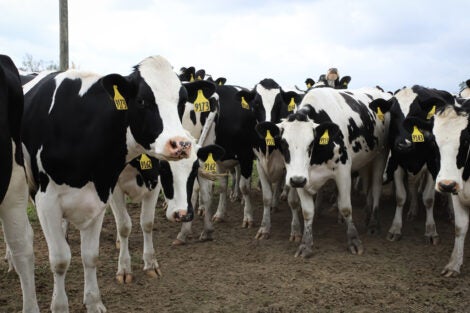CDC Director Mandy Cohen explains how country is tackling the H5N1 outbreak
July 16, 2024—Avian influenza, or bird flu, has been in the headlines for months now, percolating at a low level but sparking concerns about the risk of broader contagion. In the U.S., bird flu has infected dairy cows in at least a dozen states, as well as wild birds and commercial poultry. So far, a small number of dairy and poultry workers have tested positive for the variant of the virus that is circulating in North America, known as H5N1. All cases have been mild.
Mandy Cohen, MPH ’04, director of the Centers for Disease Control and Prevention, explained how the U.S. government is responding:
The current risk to the American people in terms of avian flu is low. But we are taking this very seriously.
We have been doing decades of work to understand this virus and prepare. So, it’s a very different situation when contrasted with COVID-19, which was caused by a novel virus.
We have many ways in which we’re tracking this virus, everything from a wastewater [surveillance] system—which we built for COVID and are now using for avian flu—to the ability to see into 90% of our emergency rooms. We get real-time anonymized data to track folks, we get de-identifed laboratory data, and we have an extensive genomic sequencing program, so we are able to track changes in the virus.

We have not seen a human-to-human transmission of this virus, and that is good news. But we’ve learned through COVID how these viruses love to change, so we need to stay ahead of it. [We want to] give this virus less opportunity to change, and we want to make sure that we notice if there are any changes so that we can appropriately respond.
We have tests that are widely available for H5N1 in all our public health labs across the country, with more than a million tests available, and more on the way as we scale up. We have a treatment, Tamiflu, that is widely available through everyday pharmacies, but also in our stockpile. And we have vaccine candidates that we are continually evaluating and can scale up if we need it.
We continue to be able to say that the threat is low, but we are taking it very, very seriously.
—As told to Todd Datz
Photo: iStock/Sabrina Gordon
